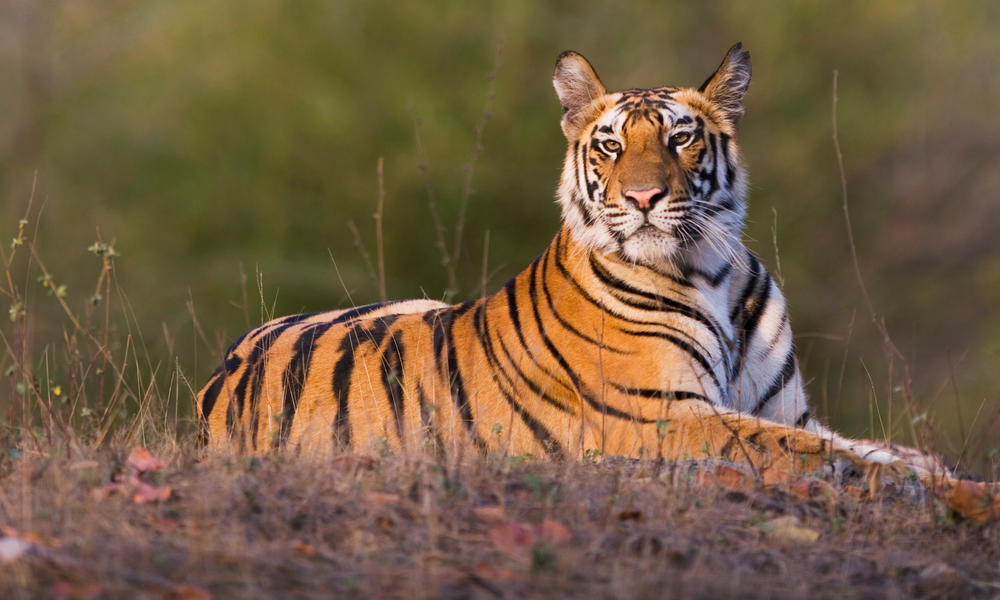New Big 5

If it has been your dream to see Africa’s Big 5, or now, to see the New Big 5, Wildlife Dreams can make it happen! with our Dream Safaris and bespoke tours.
The New Big 5 has been voted “most wanted Bucket List species” to see, aimed at celebrating global wildlife. Whatever your preference, all these animals are remarkable ambassadors for the wildlife of this world, focusing our minds on what we stand to lose! All are endangered keystone species, essential to the balance of nature, and the survival of other species. Each is vital to the health of their environment, the planet and our future. All of us have a role to play in their conservation and continued survival.
The safaris related to the links are just inspiration for you, please feel free to use our Tailor-Made Safaris to suit your needs and inspiration.
Elephant
There are three different species of elephant – the African Savannah elephant, the African Forest elephant and the Asian elephant Elephants are known for their Large ears, tusks made of ivory ,and their trunks.
Brings many tears when people see them for the first time on safari.
Gorilla
This great ape is one of two subspecies of the eastern gorilla and one of the world’s largest living primates. These apes have muscular arms, a massive chest, and broad hands and feet — and they have longer hair and shorter arms than their lowland cousins. Their thick black hair helps insulate them from cold weather.
Lion
Lions are the only cats that live in groups, which are called prides. Prides are family units that may include up to three males, a dozen or so females, and their young. All of a pride’s lionesses are related, and female cubs typically stay with the group as they age. Young males eventually leave and establish their own prides by taking over a group headed by another male.
Polar Bear
Polar bears roam the Arctic ice sheets and swim in that region’s coastal waters. They are very strong swimmers, and their large front paws, which they use to paddle, are slightly webbed. Some polar bears have been seen swimming hundreds of miles from land—though they probably cover most of that distance by floating on sheets of ice.
Tiger
Easily recognized by its coat of reddish-orange with dark stripes, the tiger is the largest wild cat in the world. The big cat’s tail is three feet long. On average the big cat weighs 450 pounds, about the same as eight ten-year-old kids. It stands three feet tall with teeth four inches long and claws as long as house keys.
Buffalo
These are large hoofed mammals with an imposing pair of horns atop their heads. Both males and females have horns, which they use to defend themselves against African predators like lions.
The largest individuals stand up to 5.5 ft. tall at the shoulder, and can weigh 2,000 lbs. or more. Their size and appearance vary based on the subspecies. Their short fur is black, dark brown, or reddish-brown.
Leopard
Leopards are graceful and powerful big cats closely related to lions, tigers, and jaguars. They live in sub-Saharan Africa, northeast Africa, Central Asia, India, and China. However, many of their populations are endangered, especially outside of Africa.
Rhino
A rhinoceros, commonly abbreviated to rhino, is a member of any of the five extant species (or numerous extinct species) of odd-toed ungulates in the family Rhinocerotidae; it can also refer to a member of any of the extinct species of the superfamily Rhinocerotoidea. Two of the extant species are native to Africa, and three to South and Southeast Asia.